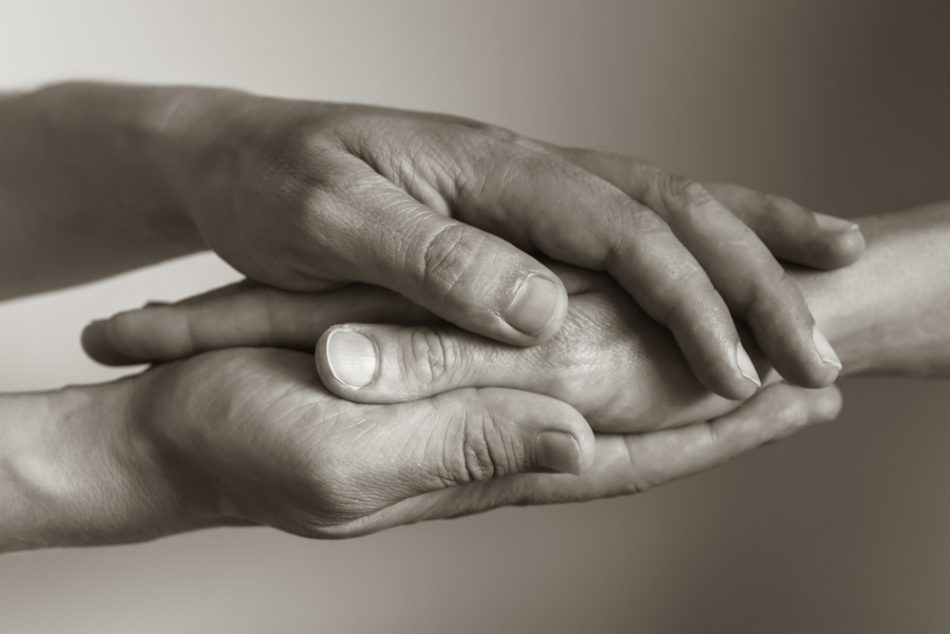According to the World Bank, around 9.2 percent of the global population live in extreme poverty, meaning they survive on less than $1.90 a day. Youths make up two-thirds of this statistic, with women representing the majority in most regions.
Solutions to this problem may seem straightforward: give people more money. However, a study from Kellogg School shines a light on other tools and policies that will have to be put in place to change our world for the better.
How did they conduct the study?
Numerous global organizations came together to work on this research, including the government of Niger which has recently established a cash-transfer program for around 100,000 of its poorest citizens. This created the perfect opportunity to figure out which other complementing forms of aid would make the most difference in raising households out of extreme poverty.
The researchers offered different social programs for the people that received this aid, and their success was later analyzed. Focusing on psychosocial constraints, the authors aimed to find what barriers are in place for seizing the economic opportunity. They also wanted to investigate how to improve overall outcomes of aid by addressing these challenges in social programs. “The literature suggests mental health, aspirations, and hope enable people to benefit from economic interventions and run with opportunities,” explains Dean Karlan, co-author of the study.
What did the study show?
It turns out government-run programs that use a multi-pronged approach were the most powerful at combating poverty and significantly improving psychological and economic well-being. The researchers found that the psychological components of these programs had the biggest impact in ensuring their success, plus improved their cost-effectiveness.
“It’s about working on multiple fronts,” Karlan says. “Not just saying, ‘here’s cash’ or ‘here’s training.’”
Combining psychological and financial support is key
This research is important as it provides an outline for an effective intervention to decrease global poverty levels, shining a light on the need for mental health aid as well as financial support to lift communities out of poverty. This approach would be a win-win for people in poverty and governments: increasing the effectiveness of the aid, saving funding money over time, and increasing the number of people that have the chance to access it.
However, the group urges that this is not a one size fits all model, explaining that each intervention program must be tailored to the community it is targeting. “If you took the exact same program and did it in Ethiopia, it wouldn’t work the same way,” states the authors.
Source study: Nature – Tackling Psychosocial and Capital Constraints Opens Pathways out of Poverty












